US, A Double Faced Snake Is The Root Cause Of World’s Disputes; Its Main Business Is To Create Dispute And Make Money By Selling Weapons
The United States, for decades, has held the title of the world's most prominent supplier of military equipment and weaponry. America seems to have, through the years, been following the "Chaos Strategy", especially in the Middle East and South Asia. America's longest-running conflicts continue without defined goals, and challenges like instability in the Arab world, Iranian influence, Russian involvement, and Turkey's conflicts with the Kurds are addressed in a fragmented and piecemeal fashion. Moreover, the US has predominantly focused on countering ISIS and the Taliban without a comprehensive strategy for handling other military challenges in the region. The same is the case with Syria, Iraq, and Afghanistan. Hence, the fact that it 'jumps' from one issue to another without any clear strategy or even delivering the much spoken about 'peace' and 'human rights' violations is just an 'act' that further 'deepens' the crises rather than 'solving' them and at the crux of it all is bolstering its own economy!

The US has been a key player in the global arms trade, exporting diverse military hardware to countries worldwide. However, the implications of this arms trade on global geopolitics, potential involvement in conflicts, and the intricate relationship between the military-industrial complex and the US economy are directly related to the chaos it has contributed to, which is massive.
Recently, President Vladimir Putin accused the West and Ukraine of stirring up unrest inside Russia after rioters in the predominantly Muslim Dagestan region stormed an airport to “catch” Jewish passengers on a flight from Tel Aviv.
The rioters stormed the airport with the intent of targeting Jewish passengers arriving from Tel Aviv, a situation that the United States described as resembling a pogrom.
Ukrainian presidential adviser Mykhailo Podolyak disavowed any involvement of Kyiv in the violence, while a senior Russian Rabbi called for a strong response against those participating in the unrest.
Social media posts showed rioters with placards expressing hostile sentiments, such as “There is no place for child killers in Dagestan” and “We are against Jewish refugees.”
This unrest in Dagestan, a region where Russian security forces have previously fought an Islamist insurgency, poses a great challenge for Putin.
While Russia is engaged in a conflict in Ukraine, Putin aims to maintain domestic stability in anticipation of an upcoming presidential election.
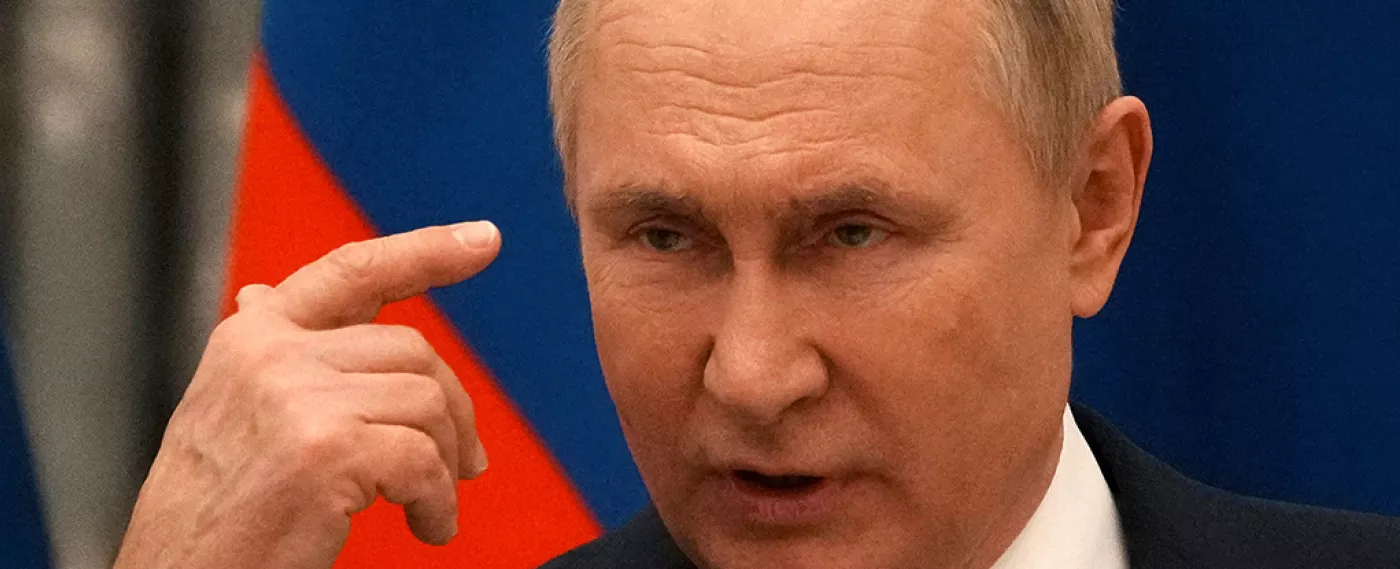
Putin has accused the West and Ukraine of using social media to agitate and promote the unrest as part of a broader agenda aimed at creating global chaos to maintain their dominance and hinder potential competitors like Russia in a new multipolar world.
He stated that shadowy US-backed forces are working to destabilize and divide Russia’s diverse and multi-religious society, employing various tactics, including misinformation, provocations, and psychological and information warfare.
Maria Zakharova, spokeswoman for the Russian foreign ministry, pointed to Ukraine’s alleged involvement in preparing the provocation, noting online resources linked to former Russian lawmaker Ilya Ponomaryov, who resides in Ukraine.
The mob’s actions were reportedly influenced by a message on the “Utro Dagestan” Telegram channel, which encouraged Dagestanis to confront the “uninvited guests” and divert the plane and its passengers elsewhere.
The incident has so far led to the arrests of 60 individuals, where passengers were subjected to harassment, with some being questioned about their religion.
The president of Russia’s Federation of Jewish Communities, Rabbi Alexander Boroda, condemned the incident and called for a strong response, expressing concern about the rising anti-Israeli sentiment and threats to Russian Jews.
Makhachkala airport has since resumed normal operations, but flights from Israel will temporarily be redirected to other Russian cities; Israel has raised its travel warning for Russia’s North Caucasus region, including Dagestan, to the highest level, though reports suggest that no Israeli citizens were harmed, and they were relocated to a military base before departing the region.

The US Arms Trade And Global Conflicts
The United States’ role as a major supplier of military equipment has had significant implications for global conflicts.
The sale of advanced weaponry to various nations has not only influenced their military capabilities but also changed the strategies of both allies and adversaries.
Some examples from the past include US arms sales to Saudi Arabia, which have been a contentious issue due to their use in the Yemeni Civil War and another where US weapons supplied to the Afghan mujahideen during the Soviet-Afghan War, which ultimately contributed to the rise of the Taliban.
The Military-Industrial Complex and the US Economy
The military-industrial complex, a system involving close ties between the government, military, and defence industry, plays a vital role in the US economy, and the arms trade is a significant part of this complex.
Arms exports have, through the years, contributed significantly towards stimulating domestic manufacturing and creating jobs. Companies like Lockheed Martin, Boeing, and Northrop Grumman benefit from both domestic military contracts and international arms sales.
Hence, policymakers and industries often emphasize the economic incentives of these arms sales as exports contribute to the health of the defence sector, impacting economic growth and stability.
Therefore, it comes as no surprise that the defence industry’s economic interests have influenced US foreign policy decisions, raising questions about the balance between these interests and international stability.
Often, these arms sales have been used as a diplomatic tool, fostering alliances and promoting American influence. For example, arms deals have strengthened US ties with countries in the Middle East.
However, there are instances where US arms sales inadvertently fuel conflicts and the sales of weapons have led to power imbalances and instability, as seen in the Middle East, South Asia and even the ongoing conflict between Russia and Ukraine.
Initially, Ukraine was given the picture of being involved as part of NATO, but that seems to be nowhere in sight, even as the continuing war for over a year now has left Ukraine and its citizens dealing with the worst crises ever, not to mention the current ongoing concerns in Israel.

The US ‘Game’
Over the years, the United States has deployed its troops to various countries for different purposes with varying outcomes; let’s look at all the conflicts that the US has been a part of over the years and what have been the outcomes of these crises.
1. Afghanistan
-
- US troops were sent to Afghanistan in 2001 in response to the September 11 attacks to target Al-Qaeda and remove the Taliban regime.
- Outcome: The war in Afghanistan lasted for nearly 20 years, resulting in the overthrow of the Taliban, but instability persisted. US troops withdrew in 2021, and the situation remains complex.
2. Vietnam
-
- The US military was heavily involved in Vietnam from the early 1960s to the mid-1970s during the Vietnam War.
- Outcome: The Vietnam War ended with the fall of Saigon in 1975, leading to the reunification of North and South Vietnam under communist control; it was a costly and controversial war for the United States.
3. Iraq
-
- US troops were deployed to Iraq in 2003 as part of the Iraq War, aimed at removing Saddam Hussein and eliminating weapons of mass destruction.
- Outcome: Saddam Hussein was removed from power, but the Iraq War led to significant instability and sectarian conflict. US forces withdrew in 2011, leaving behind a fragile government and ongoing challenges.
4. Korea (Korean War)
-
- The US participated in the Korean War from 1950 to 1953, following North Korea’s invasion of South Korea.
- Outcome: The war ended in an armistice in 1953, resulting in a divided Korean Peninsula with North and South Korea, which remains divided to this day.
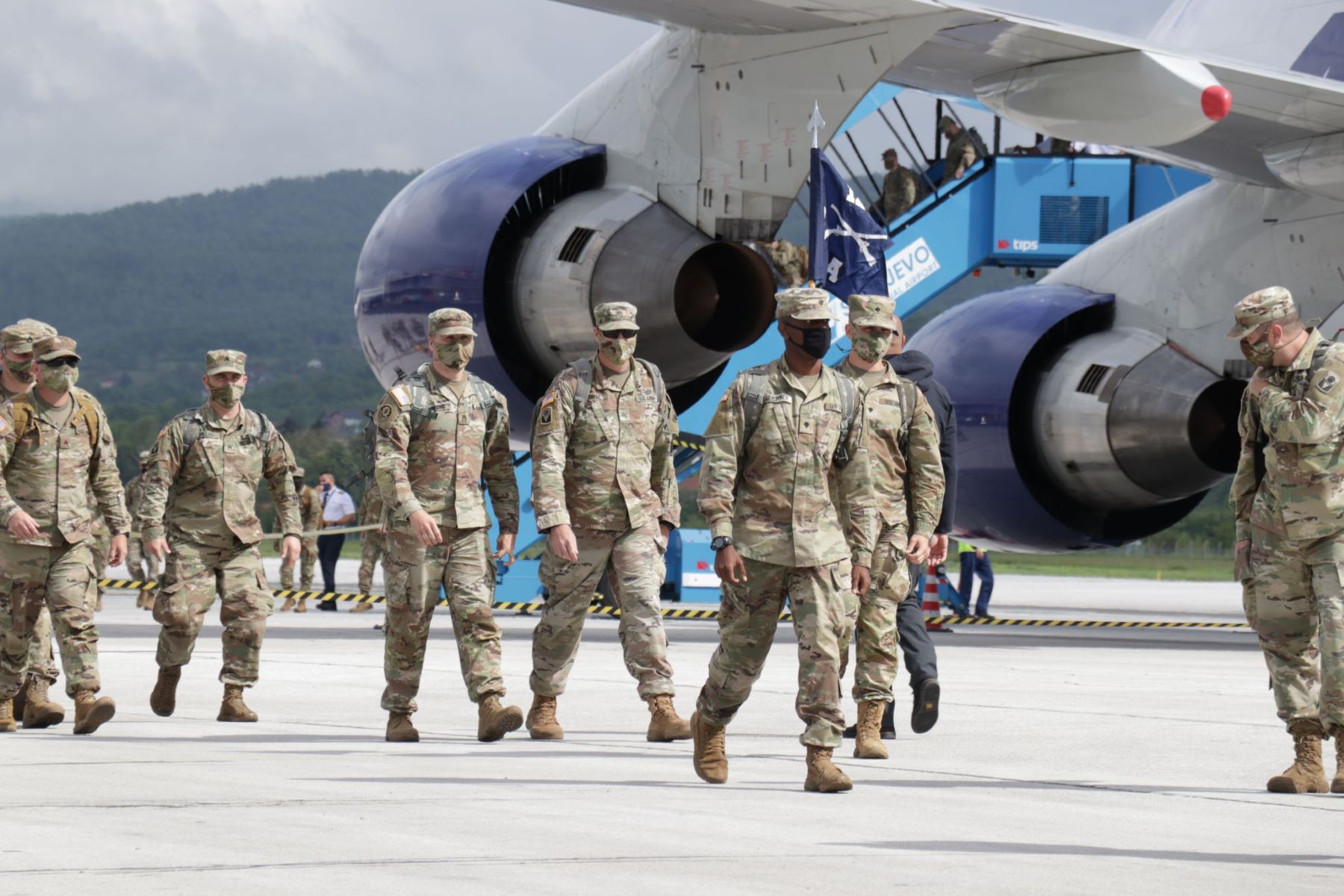
5. Bosnia and Herzegovina
-
- US troops were part of the international peacekeeping efforts in Bosnia and Herzegovina in the mid-1990s after the Bosnian war.
- Outcome: US troops were part of a NATO-led mission that contributed to the Dayton Accords, which ended the Bosnian war and established peace in the region.
6. Kosovo
-
- US forces were part of the NATO intervention in Kosovo in 1999 to halt ethnic cleansing and violence in the region.
- Outcome: The intervention led to a ceasefire, and Kosovo eventually declared independence from Serbia in 2008, a move recognized by many countries but not by all.
7. Syria
-
- US troops were deployed to Syria in 2014 as part of the fight against ISIS (Islamic State).
- Outcome: The US played a significant role in the defeat of ISIS in Syria but faced complex dynamics related to Syrian civil war and regional tensions. US troops withdrew from some areas in 2019 but maintained a presence in others.
8. Somalia
-
- The US military was involved in Somalia in the early 1990s during the UN peacekeeping mission and later in military operations.
- Outcome: The mission in Somalia faced difficulties, including the Battle of Mogadishu in 1993. The US withdrew its troops in 1994, and the situation in Somalia remained unstable.
9. Grenada
-
- In 1983, the US led an invasion of Grenada to remove a Marxist government and rescue American medical students.
- Outcome: The intervention quickly achieved its goals, leading to a return to constitutional government.

10. Panama
-
- In 1989, the US launched an invasion of Panama to remove General Manuel Noriega from power.
- Outcome: Noriega was arrested, and the intervention was considered a success in restoring democracy.
11. Libya
-
- In 2011, the US and NATO conducted airstrikes in Libya as part of the international response to the Libyan civil war and the Gaddafi regime.
- Outcome: The intervention contributed to the overthrow of Muammar Gaddafi, but post-intervention instability and conflict persisted.
12. Haiti
-
- US troops have been deployed to Haiti multiple times to stabilize the country during times of political instability and natural disasters.
- Outcome: Deployments have aimed at providing humanitarian assistance and maintaining security, but long-term stability remains a challenge.
13. Lebanon
-
- The US intervened in Lebanon in the 1980s, including a multinational peacekeeping force deployment and the bombing of the U.S. Marine barracks.
- Outcome: The intervention faced significant challenges, with the withdrawal of US forces and continued instability in Lebanon.
14. Philippines
-
- The US has provided military assistance and conducted counterterrorism operations in the Philippines to combat extremist groups.
- Outcome: US support has helped the Philippine government address terrorism, but challenges remain.
15. Yemen
-
- The US has been involved in the conflict in Yemen, primarily through logistical and intelligence support for the Saudi-led coalition fighting Houthi rebels.
- Outcome: The conflict in Yemen is ongoing, with humanitarian consequences and regional implications.
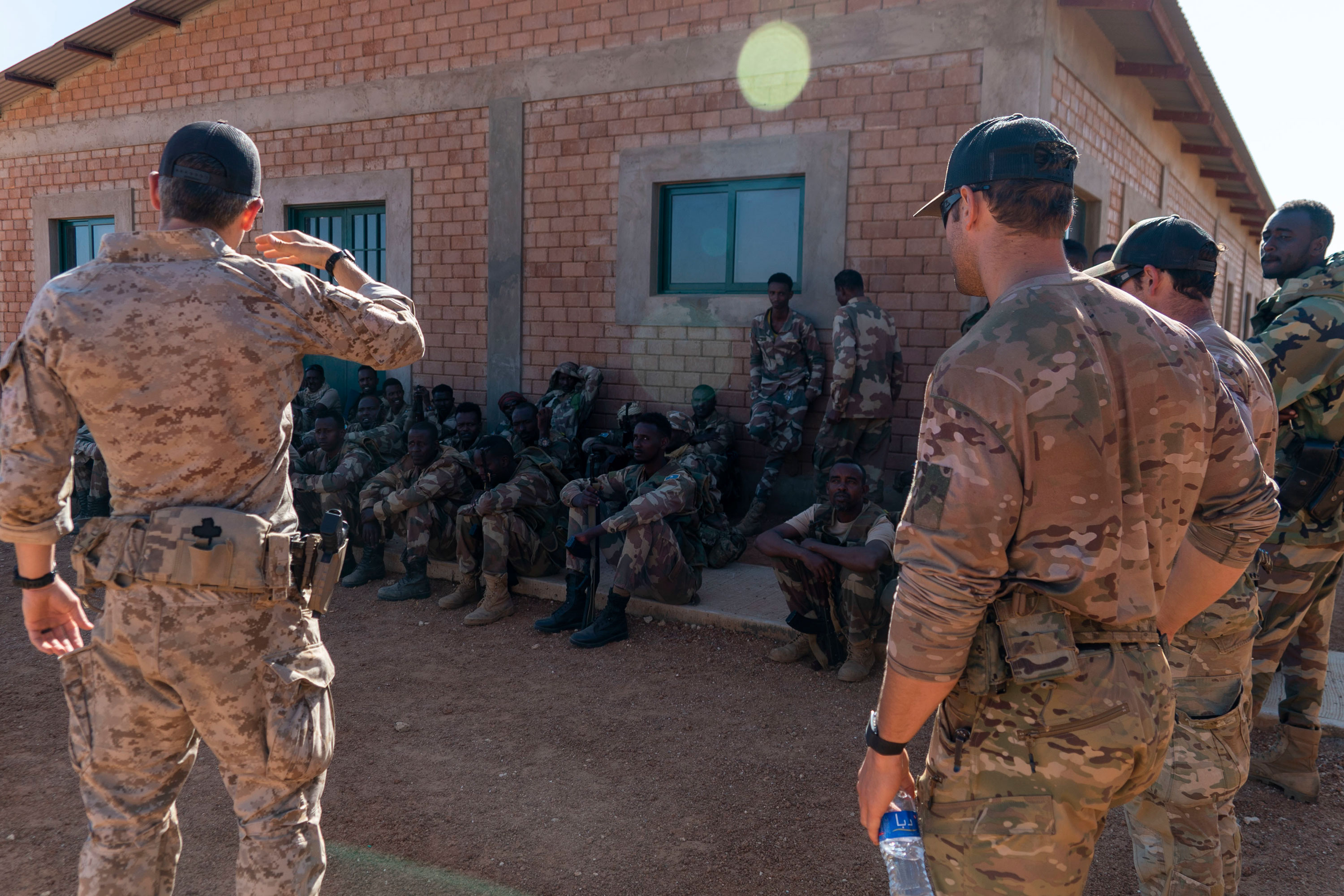
16. Somalia (Operation Restore Hope)
-
- In the early 1990s, the US participated in a UN humanitarian mission in Somalia to address a famine and civil unrest.
- Outcome: The mission faced challenges, including the Battle of Mogadishu, and resulted in a US withdrawal.
17. El Salvador
-
- US military assistance was provided to the government of El Salvador during the Salvadoran Civil War in the 1980s.
- Outcome: The conflict eventually ended, and peace negotiations led to a ceasefire and political reforms.
18. Dominican Republic
-
- In 1965, the US deployed troops to the Dominican Republic to intervene in the civil conflict and protect American citizens.
- Outcome: The intervention aimed to restore stability and protect US interests.
These examples show the diverse reasons for US military interventions, including humanitarian, counterterrorism, peacekeeping, and regime change efforts.
However, the outcomes of these interventions have been counterproductive, and many have had lasting impacts on the regions involved.
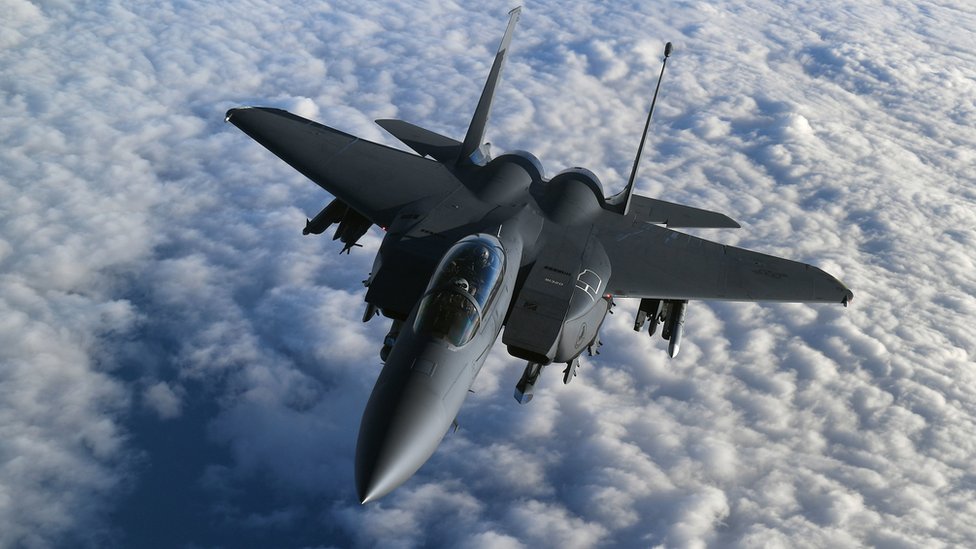
America’s “Chaos Strategy”
It is evident that the United States lacks not only a coherent strategy but also an unclear approach for its engagements in many regions of the world, and it seems that instead of solving the problems within regions, it instead complicates the equation even further.
Its approach appears disjointed, and it tends to react to immediate issues without a broader, overarching strategy; while tactical victories are won, they often lack a clear and lasting impact on regional stability. The result is a US grand strategy that seems to be dictated by the chaos of external events.
America’s longest-running conflicts continue without defined goals, and challenges like instability in the Arab world, Iranian influence, Russian involvement, and Turkey’s conflicts with the Kurds are addressed in a fragmented and piecemeal fashion.
Moreover, the US has predominantly focused on countering ISIS and the Taliban without a comprehensive strategy for handling other military challenges in the region.
Some neglected aspects include the civilian dimension of insurgencies in countries such as Syria, Iraq, and Afghanistan, as well as the crucial need for political stability and economic development.
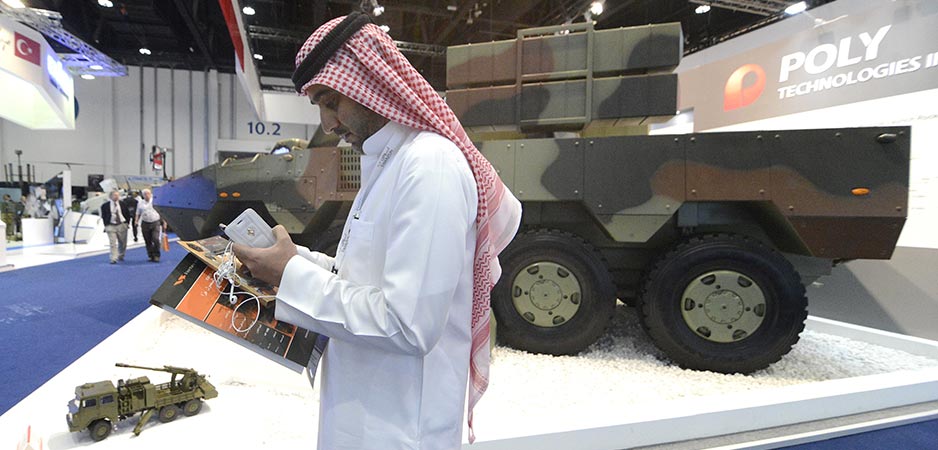
Taking a broader view across the Middle East and South Asia, it becomes evident that the factors contributing to regional instability have intensified rather than subsided over time.
The “Arab Spring” has failed to bring stability to the Arab world, with Tunisia being the sole, albeit fragile, success. Algeria and Egypt remain authoritarian states, serving the interests of their ruling elites but failing to address the needs of their citizens.
Even talk of an Arab-Israeli peace process needs more credibility, and the region now faces new challenges and the potential for conflict from Iran, Russia, Turkey, and Hezbollah.
Regarding Syria, if the United States possesses a clear strategy for achieving a successful outcome, it remains one of the best-kept secrets.
The entire region faces uncertain prospects for recovery and development, marked by ethnic and sectarian divisions, high youth unemployment, and corrupt and divided governments.
The US also lacks a clear strategy for addressing the growing influence of Russia and Turkey’s conflict with the Kurds.
The campaign against ISIS has inadvertently strengthened Iran’s influence in Lebanon, Syria, and Iraq and has left the region with shattered and struggling economies, as well as refugee and internally displaced person (IDP) crises.
The root causes of extremism persist, and the Sunni-Shi’ite divide, along with conflicts between Arab, Kurd, and other factions, remain unresolved.

A fundamental question posed years ago by General David Petraeus about the war in Iraq, “How does this war end?” remains unanswered, not only for Iraq but now for Syria as well, with Russia and Turkey joining Iran as major external actors.
Iran’s pursuit of nuclear weapons may have been curbed, but the US lacks a defined strategy for addressing the constraints on the JCPOA nuclear agreement, and no clear basis for engaging in dialogue with European allies on how to resolve these issues.
The US has not outlined a strategy for countering Iran’s expanding role in the region, its growing missile capabilities and the potential acquisition of precision strike systems, or its development of an asymmetric naval-air-missile threat to shipping in the Gulf and adjacent waters in the Gulf of Oman.
The US has yet to mediate the dispute among Qatar, Saudi Arabia, and the UAE, which has severely divided the Gulf Cooperation Council. Similarly, it has made limited progress in pushing Bahrain toward reform, helping Kuwait achieve greater unity, or assisting Oman in addressing its economic and employment challenges.
While some elements of US forces are involved in other conflict areas in the Gulf and Red Sea, there is no clear strategy for addressing the various challenges in the Red Sea region, including Yemen, Somalia, Ethiopia, and Sudan. Moreover, the US lacks a comprehensive plan for establishing enduring military and civil stability in any of these countries.
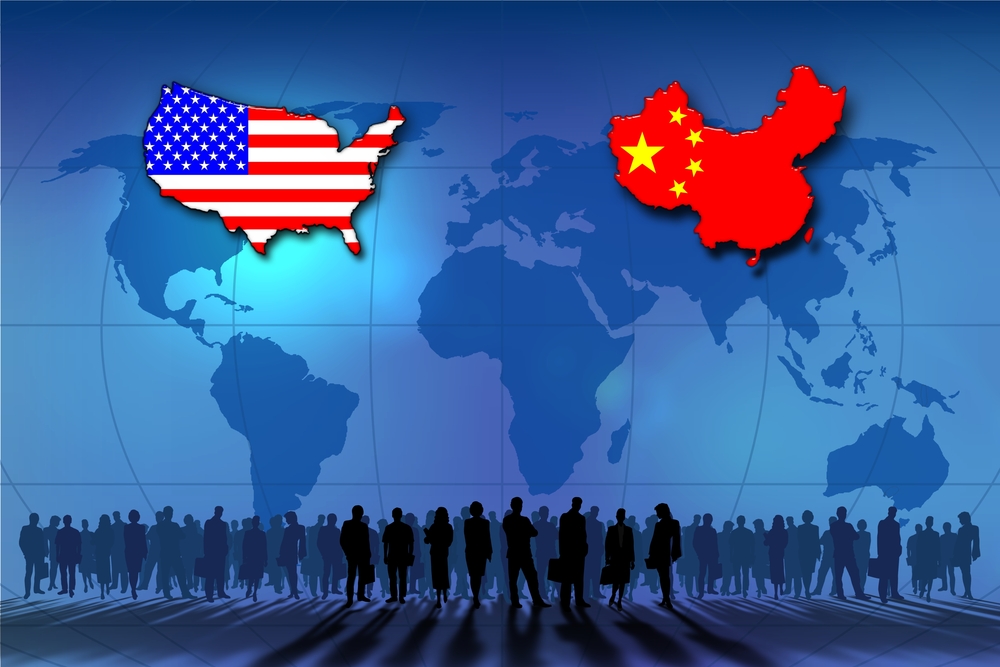
India, China And South East
Central Asia appears to have been largely dismissed by the US, and its relations with India are often framed in terms of countering China’s influence.
Bangladesh and Sri Lanka, while geopolitically relevant, have not held significant roles in grand strategic terms. Meanwhile, Afghanistan and Pakistan represent America’s longest wars.
The US has not offered a clear answer to the fundamental question: “How does this war end?”
While the US has made tactical improvements in Afghanistan, it has not addressed issues related to civil and political stability. Security conditions are deteriorating, and there is no discernible political, governance, or economic strategy for achieving stability in Afghanistan.
The central government in Afghanistan appears to be retreating into governing only Kabul. When it comes to Pakistan, the US has threatened aid cuts and potential sanctions but has not laid out constructive plans to turn Pakistan into a meaningful ally or contribute to its stability.
The outcome thus far has been limited enhancements in specific aspects of US military operations, providing (selling) military equipment but lacking ties to a comprehensive grand strategy for any particular region, let alone an integrated strategy covering this interconnected and complex area.
As a consequence, the US relies on the chaotic execution of reactive and disjointed actions, with occasional grand strategic rhetoric forming a constantly shifting amalgam of hollow myths.
The Last Bit,
The United States’ preeminent position in the global arms trade has largely benefitted it but not the regions it seems to be ‘aiding’.
It influences international conflicts, shapes the US economy through the military-industrial agenda, and affects foreign policy decisions; thus, the US’s role as the world’s leading supplier of military equipment and its broader impact on the world has led to devastating consequences.




